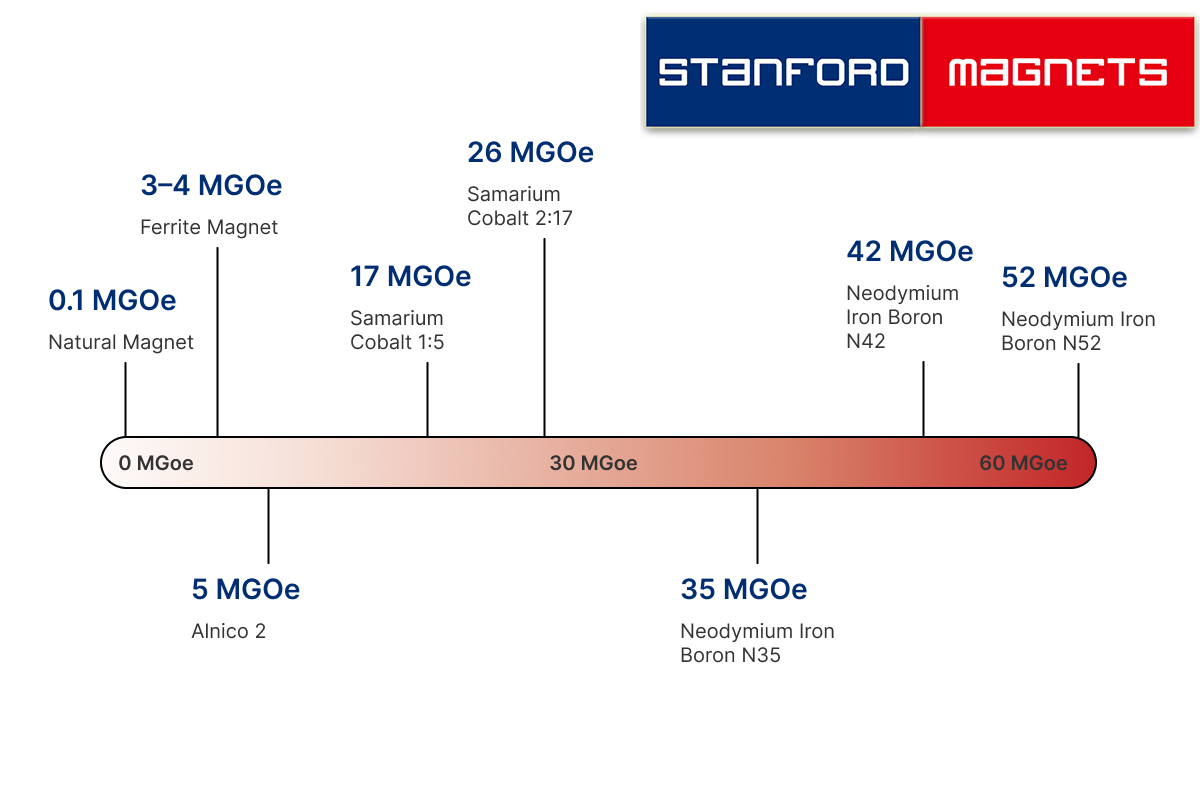Roskill Predicts Tight Supply of NdFeB Magnets
Roskill predicts a tight supply of NdFeB magnets. According to the latest report by the British management consulting company, the market share of neodymium-iron-boron will grow to 38% of total demand by 2029. The reason is that this kind of magnet has become a necessary raw material for the manufacture of electric cars, wind turbine generators, and other electric motors, and energy storage applications.
 Roskill Predicts Tight Supply of NdFeB Magnets
Roskill Predicts Tight Supply of NdFeB Magnets
From the supply side, the Roskill report believes that the three key elements required for permanent magnets, including neodymium, praseodymium, and dysprosium, account for 23% of the total output of rare earth metals. In other words, the imbalance between supply and demand will continue to promote the excess of other rare earth elements, mainly cerium and lanthanum. Roskill predicts that the supply of neodymium will remain tight in the next 10 years. The supply of dysprosium will be in short supply from 2025 to 2030, mainly because these two elements are not high in natural rare earth ore. There is hope, though. “Though China will remain the largest producer, new non-Chinese rare earth operations are expected to be commissioned during the forecast period to keep pace with demand growth,” the report states. Rare earth permanent magnet materials, that is, permanent magnet materials contain rare earth metals as alloying elements. Permanent magnet materials refer to materials that can maintain strong magnetism for a long time by removing the external magnetic field after magnetization. NdFeB rare earth permanent magnets have high magnetic energy products and are called the contemporary "king of permanent magnets". Rare earth permanent magnet materials are indispensable materials in industries such as consumer electronics, industrial motors, nuclear magnetic resonance, traditional automobiles, and electronic computers. Its wide range of applications is solid support for the steady growth of the rare earth permanent magnet industry. In recent years, under the trend of energy conservation and environmental protection, the demand for high-end rare earth permanent magnet materials in emerging fields such as wind power generation, frequency conversion home appliances, and new energy vehicles has been increasing, and the prospects for rare earth permanent magnet materials are promising.
Conclusion
Thank you for reading our article and we hope it can help you to have a better understanding of the NdFeB Magnets. If you want to learn more about NdFeB Magnets or other types of magnets, we would like to advise you to visit Stanford Magnets for more information. As a leading magnet supplier across the world, Stanford Magnets has been involved in R&D, manufacturing, and sales of magnets since the 1990s. It provides customers with high-quality permanent magnets like SmCo magnets, neodymium magnets, AlNiCo magnets, and ferrite magnets (ceramic magnets) at a very competitive price.













.jpg)

